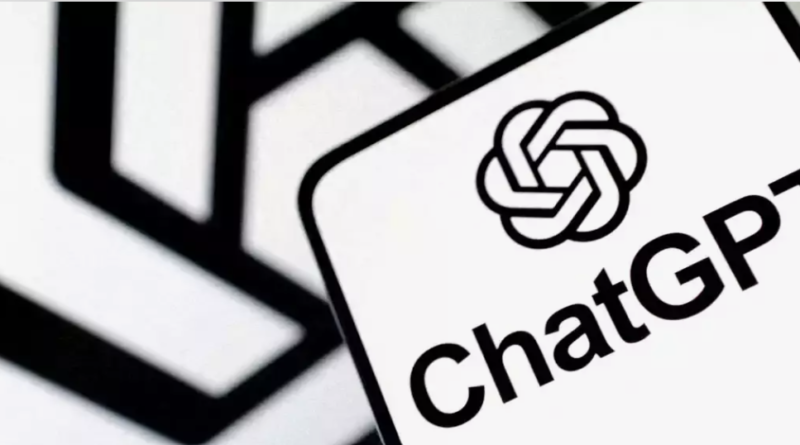ChatGPT now offers integration with Google Drive and Microsoft OneDrive for paid users through the new Connect Apps feature.
Paid users can now directly upload files to ChatGPT from Google Drive and Microsoft OneDrive.
ChatGPT is introducing a new Connect Apps feature, allowing users to integrate their Google Drive and Microsoft OneDrive with the AI platform. This will enable users to directly upload files without the need to download them to their devices first. However, this feature is exclusive to paid users, including ChatGPT Plus, Teams, and Enterprise subscribers. Additionally, OpenAI has begun the global rollout of GPT-4o.

The announcement was made by OpenAI in a blog post that also introduced several new features as part of the company’s Spring Update. This update includes the GPT-4o AI model, which boasts emotive voice and computer vision capabilities. The Connect Apps feature allows users to upload Google Sheets, Docs, Slides, and Microsoft Excel, Word, and PowerPoint files directly to ChatGPT.
Users can choose to integrate their primary cloud storage service, whether Google Drive or Microsoft OneDrive (both enterprise and personal accounts). The feature is expected to be available on both the website and mobile apps. To access it, users need to tap on the paper clip icon on the left edge of the text field. This will open a larger box showing the options for connecting to Google and Microsoft’s cloud storage services.

Once connected, users can directly upload their files, which the AI chatbot will then process. In addition, OpenAI is introducing interactive tables and charts for ChatGPT. Now, when the platform generates a table or chart, users can interact with it and make edits. Although manual edits are not possible at this stage, users can write additional prompts to regroup the tables or change the colors of a pie chart, and the AI will make the changes accordingly.
Once the final chart or table is prepared, users will also have the option to download them. OpenAI states that the interactive feature supports various chart types, and if the specified type is unavailable, the chatbot will generate a static chart instead.

